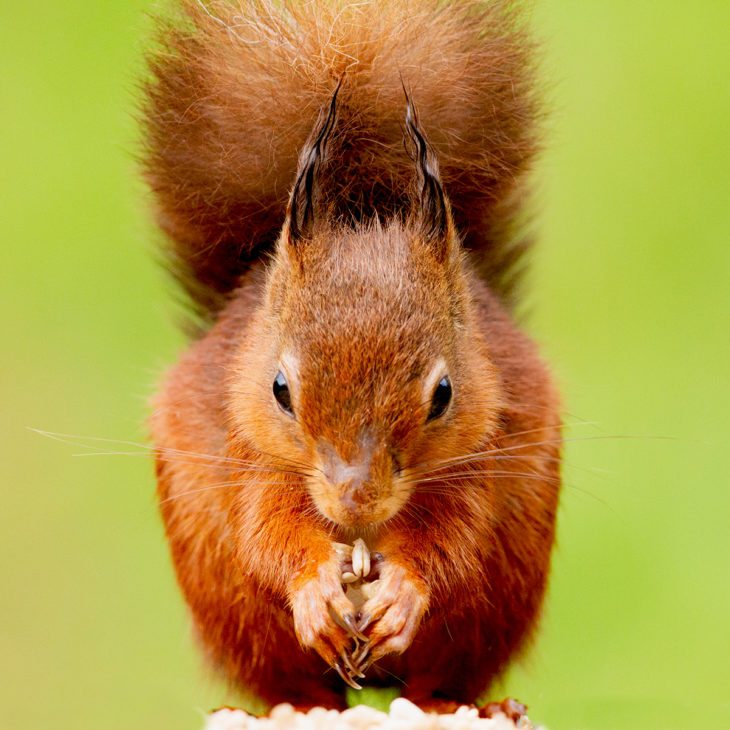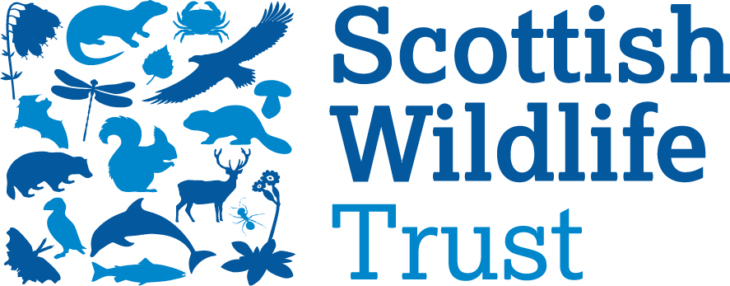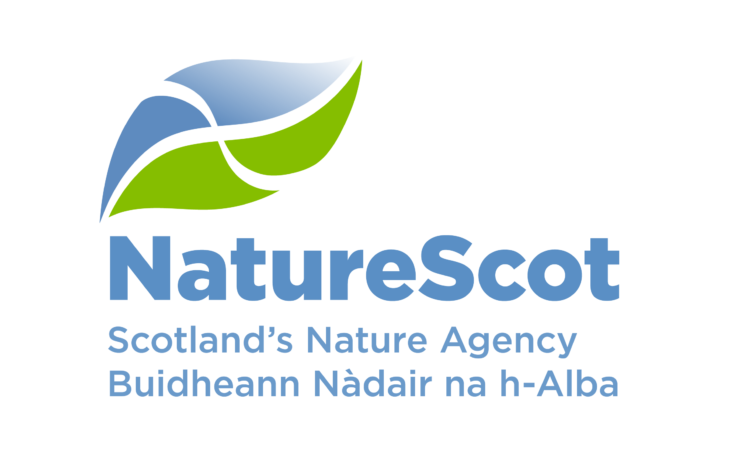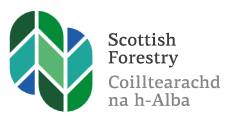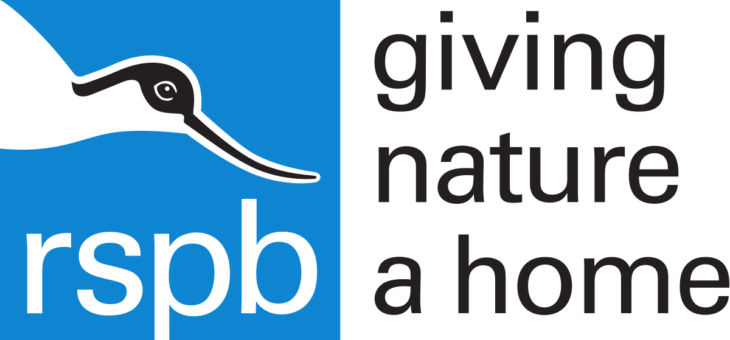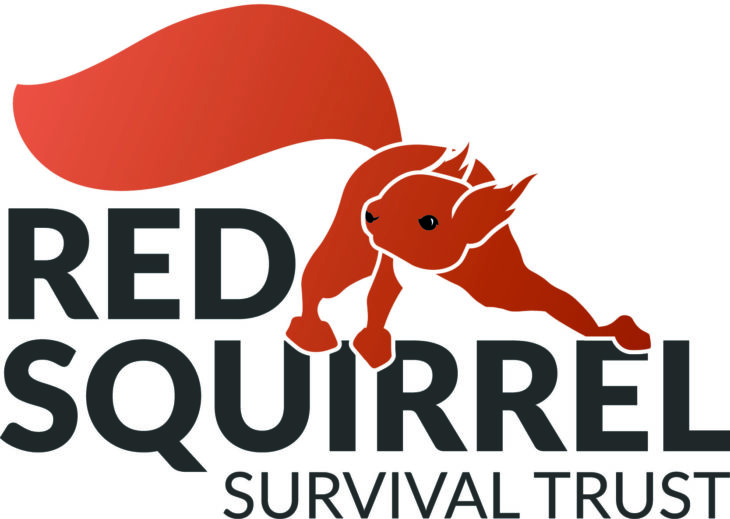Saving Scotland’s Red Squirrels focuses on one of our most charismatic and well-loved mammals – Scotland’s native red squirrel.
Once the common squirrel across the UK, red squirrels have undergone a catastrophic population decline primarily due to competition for food and living space from the invasive non-native, American grey squirrel. Grey squirrels also carry Squirrelpox – a virus that is lethal to reds but not to greys.
There are estimated to be only 160,000 red squirrels remaining in the UK, 75% of which are in Scotland. Without concerted and effective action to protect them, the red squirrels that remain in Scotland could disappear within our lifetime.
About the Saving Scotland’s Red Squirrels project
The Scottish Wildlife Trust is working with NatureScot, Scottish Forestry, RSPB Scotland, Scottish Land & Estates and the Red Squirrel Survival Trust in a coordinated attempt to stop the decline of red squirrels in Scotland and create the conditions for this mammal to thrive in the future.
Since 2009, this innovative partnership has established that it is possible to halt the decline of red squirrels over a wide area via strategically targeted and co-ordinated landscape-scale grey squirrel control. The initiative has enabled reds to re-establish in many areas.
Project Aims
Saving Scotland’s Red Squirrels aims to:
- Protect populations of red squirrels across their current “red-only” range north of the Highland Boundary Fault and in key areas of south Scotland.
- Co-operate with Scottish Forestry to protect Scotland’s red squirrel stronghold forests.
- Manage the impact of the Squirrelpox virus (SQPV) if it ever reaches the Central Lowlands.
- Quantify the costs of protecting red squirrel populations from replacement by grey squirrels over the long term.
- Increase participation by landowners and volunteers in work to protect red squirrels.
- Monitor changes in Scotland’s red and grey squirrel distributions over time.
In addition, SSRS has three different geographical regions of operation, each with its own aims:
- In Aberdeen City and Aberdeenshire the aim is to progressively reduce occupancy and abundance of grey squirrels with a long-term goal of eradication.
- In Tayside and Loch Lomond and the Trossachs the aim is to prevent the northward spread of grey squirrels and squirrelpox, through a programme of targeted grey squirrel control coast to coast along the Highland Line.
- In South Scotland the aim is to co-ordinate the delivery of grey squirrel control to protect red squirrel populations in the presence of squirrelpox in carefully chosen Priority Areas for Red squirrel Conservation.

